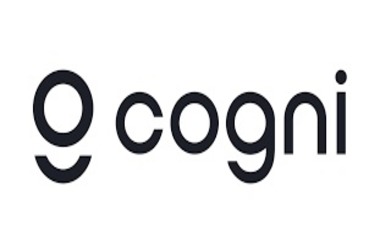Expensive contracts and unreliable connections: Blockchain offers a solution for telecommunications failures

In 2021, a report from the UN found that almost half of the world’s population is still not connected to the internet. The pandemic only highlighted this staggering digital divide, where those without internet access could not take advantage of telecommuting or healthcare.
Although the technology to provide efficient mobile broadband using 3G has been available for over twenty years, it is still not fully available or implemented worldwide. Without action and significant developments in connectivity, this lack of access to essential online services will continue to plague nations around the world.
The cycle of inefficiency
Even the most prominent tech players can’t figure out a solution, including Alphabet, which turn off The Loon project which aimed to use balloons to bring high-speed internet to more remote parts of the world. Despite a few successful deployments, the project could not find a sustainable business model.
“While we have found a number of willing partners along the way, we have not found a way to get costs low enough to build a long-term, sustainable business,” Loon CEO Alastair Westgarth wrote in a blog posts .
The telecommunications industry is lagging behind on connectivity, with problems ranging from outdated technology to expensive contracts. These problems are amplified in remote regions, with a 2021 report from Cable.co.uk findings that sub-Saharan Africa has six of the ten most expensive countries in the world for 1 GB of mobile data.
Furthermore, mobile broadband still faces accessibility obstacles. In a 2021 report on the State of Mobile Internet Connectivity, the number of people using mobile Internet reached 4 billion — just 51% of the world’s population — despite many more technically receiving coverage. In sub-Saharan Africa, the report says only 28% of people use mobile internet and 19% have no coverage at all.
Why aren’t traditional telecom companies doing better?
The answer is quite simple – it’s just too expensive, and it takes an average of two years to see return on investment.
In traditional networks, telephone towers are connected to the operator’s core network via underground fiber cables or tower-to-tower microwave transmission. There are always two control towers in case one goes down, so the network does not face any disruption.
However, this means that connecting a large number of towers to this core network proves extremely expensive and prohibits expansion.
The solution
World Mobile ‘s technology offers a solution to today’s telecommunications industry problems – a hybrid mesh network that uses balloons. What distinguishes them from the previous balloon networks is that they operate at a lower altitude and are far more cost-effective. World Mobile’s aerostats are a proven solution that has been used for many years in emergency and military deployments. The network has also developed a sharing economy that enables decentralized ownership.
The growth of the network is driven by community engagement, where local communities can also invest in becoming node operators and earn a share of the revenue.
The platform’s sharing economy model aims to deliver network infrastructure that will improve network design and operational efficiency and provide a more fluid delivery of connectivity to network users. The network uses blockchain technology to track the network usage of each user and calculate the revenue of the node operators, which ultimately results in the reduction of operating and maintenance costs for the network, which ultimately means connecting people to the internet more affordably.
In addition to connectivity issues, expensive contracts and poor coverage, the current telecommunications industry lacks transparency and trust. But for the first time in history, users now have a gateway to next-generation mobile connectivity in the palm of their hand.























